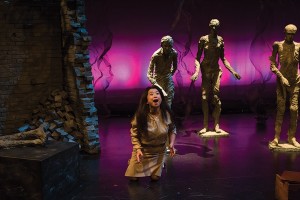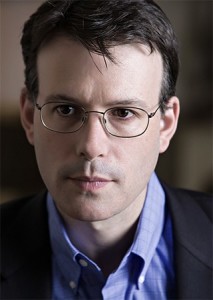In this electrifying mystery, Anthony Little Eagle is placed in a foster home. Two days later he is dead. The police think it’s a tragic accident, but Sylvia Jensen isn’t convinced. As the foster care supervisor, Sylvia ignores pressure from her manager to accept the accident ruling; she thinks they are placing the reputation of the child welfare office above concern for Anthony.
The only other person investigating the death is J.B. Harrell, a reporter. He has little faith in Sylvia’s motives or determination. A sixty-year-old white woman with a grey ponytail, a beaded necklace, and a problem with alcohol, Sylvia knows she is on dangerous ground. She is deeply engaged with the tribal communities, through her work but also her sympathies. Yet, at the same time, she fears being seen as a wanna-be Indian, a New Ager cherry-picking another culture. Harrell picks up on her ambivalence and guilt.
Woven in with the story of Anthony’s death and Sylvia’s pursuit of the truth is another story, of a Native American child fostered by a white couple for seven years. Mary struggles with discrimination against her son and lives in terror that he will be taken away from her.
As a former welfare mother, I’ve seen social workers from the other side of the desk. Most are compassionate, but some treat their clients as mentally or morally deficient. All are burnt-out by huge caseloads and funding cuts. Sylvia Jensen’s compassion is tempered by her knowledge of the system, its strengths and its faults. The author captures the realities and sometimes contradictory agendas of a child welfare office.
As she should. In addition to being a writer, Dorothy van Soest is a social worker, political and community activist, as well as a retired professor and university dean who holds an undergraduate degree in English literature and a Masters and Ph.D. in Social Work. She brings a comprehensive knowledge of the foster care system, adoption, and tribal culture to give depth and detail to this fascinating story. Full disclosure: I am acquainted with Dorothy.
I read a lot of mysteries and thoroughly enjoyed this one. While Sylvia and Harrell’s investigation into Anthony’s death captured my attention, and Mary and her son my concern, what I most liked was the glimpse into a world unfamiliar to me: the liminal space where Native Americans interact with white people. I’ve read Tony Hillerman’s mysteries, but this novel gives a different perspective.
I also appreciated the multi-faceted depiction of the different forces competing over the fate of a vulnerable child. Even when all involved have the best intentions, a solution may not be easy to find. We are but human, and every system has flaws. To me, the hope comes in seeing characters such as Sylvia and Harrell rise above their own weaknesses to try to do good in the world.
What book have you read recently that gave you hope?
Disclosure of Material Connection: I received a copy of this book free from the author. I was not required to write a positive review. The opinions I have expressed are my own.










